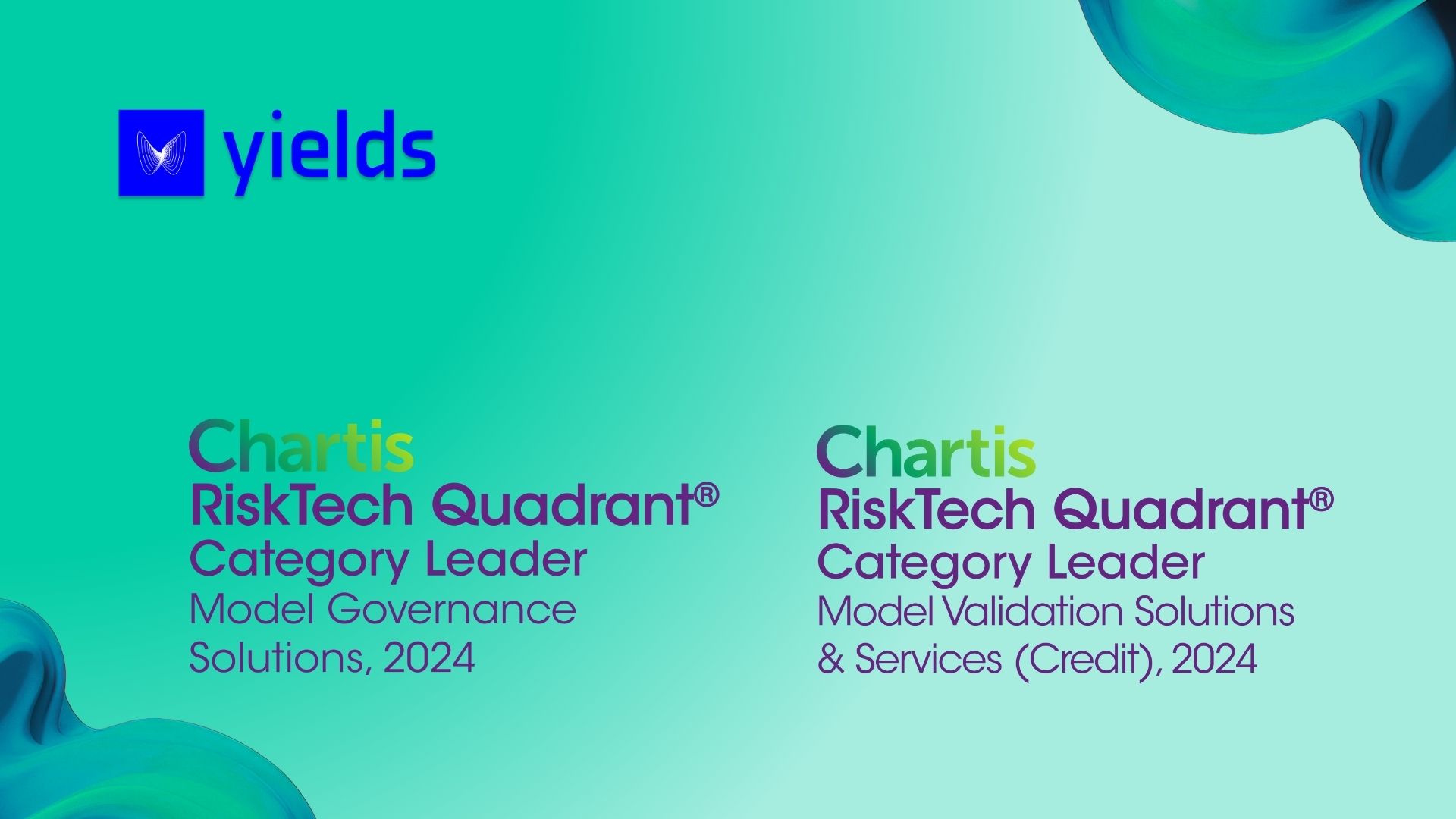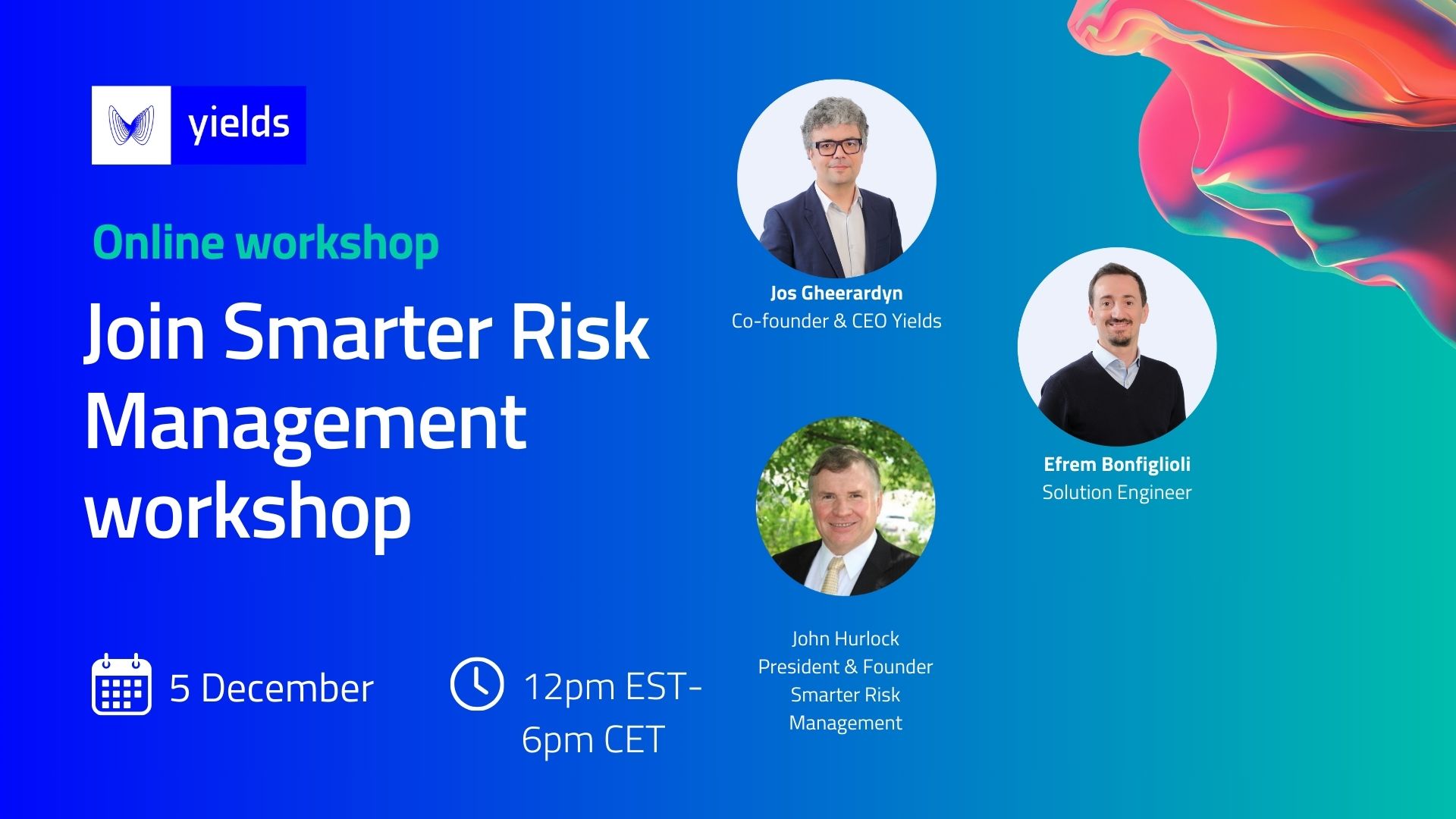Webinar Recap: How to Get Started with Managing Model Risk?
In our latest webinar, we welcomed Dr. Halvor I. Ruf, Director at KPMG Switzerland, to discuss how to get started with model risk management. With years of experience in the field, Halvor provided valuable insights into the initial steps and best practices for implementing model risk management frameworks.
Understanding Model Risk
Model risk arises from uncertainties and assumptions inherent in models. It’s essential to assess these risks to ensure models are appropriate for their intended use. A crucial component of such assessment is independent validation, which consists of both qualitative and quantitative aspects. The qualitative part of model validation centers around verifying that the model documentation is complete and up to date, that the development standards have been followed and that proportional controls and guardrails have been put in place. On the quantitative side, validators focus on testing robustness & performance, and assessing transparency, and interpretability of the model.
Steps to Implement Model Risk Management
To effectively manage model risk, organizations should:
- Raise Awareness: Ensure all relevant stakeholders understand model risk, regulatory requirements, and the benefits of managing these risks.
- Policy Framework: Establish a comprehensive policy framework that defines what constitutes a model and the responsibilities of the first, second, and third lines of defense.
- Model Inventory: Identify all models used within the organization and tier them based on their materiality and complexity.
- Prioritize Risks: Use a risk-based approach to prioritize validation efforts, focusing on models with the highest risk first.
- Leverage Technology: Implement technology solutions to streamline the model risk management process, from organizing the book of work to improving validation efficiency and quality.
Challenges and Solutions
Implementing a model risk management framework can be time-consuming, especially in aligning all stakeholders. Starting with teams familiar with quantitative methods can help demonstrate value and facilitate broader adoption. Regular monitoring and adaptation are crucial to ensure models remain reliable and compliant with evolving standards and regulations.
The Role of Technology
Technology plays a vital role in managing model risk by organizing work, improving validation processes, and ensuring consistency across the organization. Standardization of documentation and practices enhances efficiency and effectiveness, making it easier for validation teams to perform their tasks.
Conclusion
Model risk management is essential for ensuring the reliability and accuracy of models used in financial and other high-impact sectors. By raising awareness, establishing robust frameworks, and leveraging technology, organizations can effectively manage model risks and comply with regulatory requirements. As the field matures, continuous improvement and adaptation will be key to maintaining a trusted and efficient model risk management process.
For more insights on model risk management and to stay updated with the latest developments, subscribe to our newsletter and follow us on social media.




